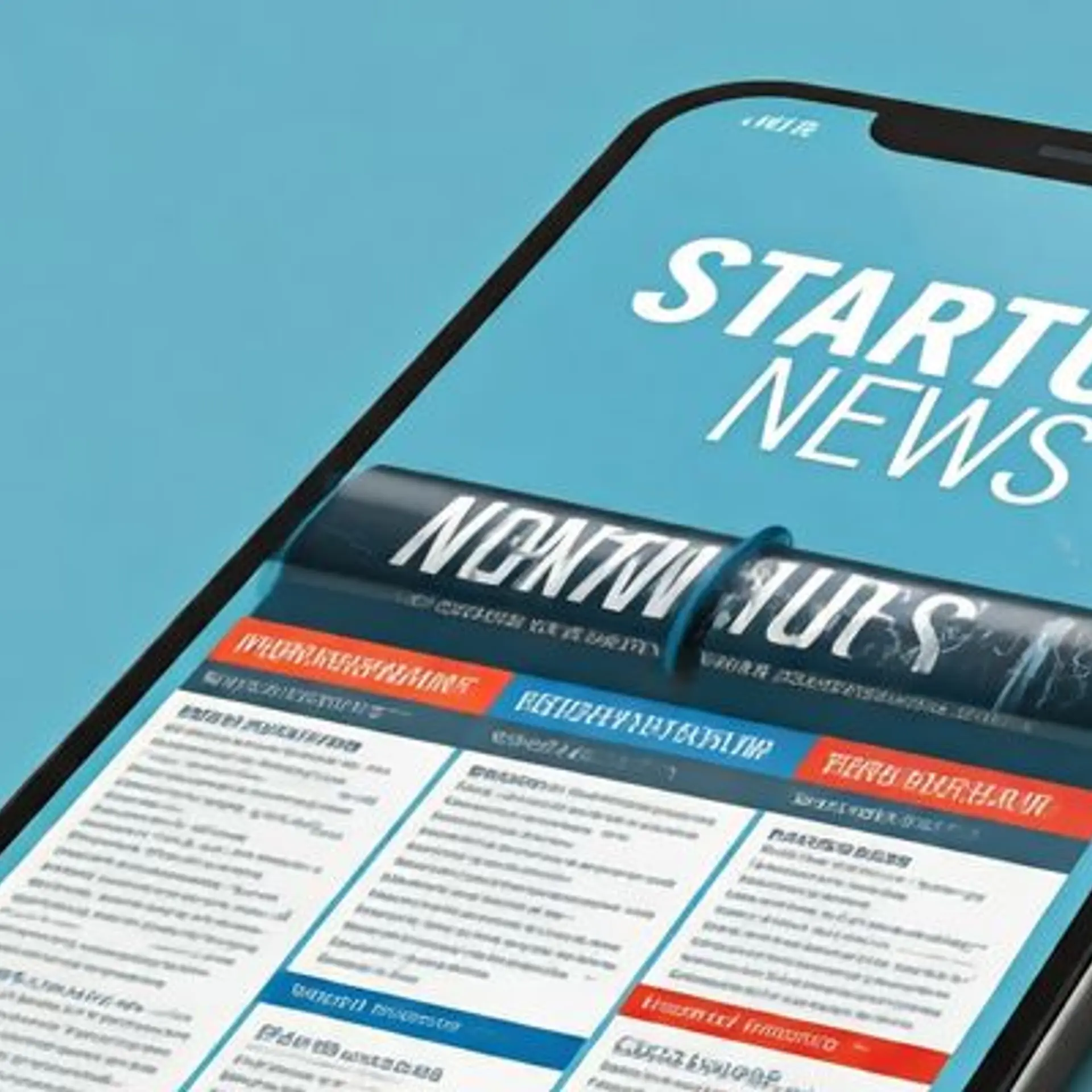Serial entrepreneur Bhavin Turakhia shares his business template to starting up
In the latest episode of Prime Venture Partners Podcast, serial entrepreneur Bhavin Turakhia talks about building multiple ventures and entrepreneurship
“Unfortunately, the media ends up predominantly only celebrating valuation wins. But I would say, as an entrepreneur, as a problem solver, focus on creating value, focus on creating meaningful value, and valuation will follow.”
Bhavin Turakhia, Founder and CEO of , Founder of Radix, and Co-founder and CEO of Zeta, started coding when was just 10 years old and had the entrepreneurship bug since then. With 20+ years of experience in building multiple businesses, he started his first company when he was just 17 years old with his younger brother.
They owned and operated this company for about 16 years and by the time they sold it in 2014 at a $60 million exit, it was the fourth-largest domain registrar hosting company in the world with about 10 million domain names registered by customers from every location in the world.
In conversation with Sanjay Swami, Managing Partner, Prime Venture Partners, during the latest episode of Prime Venture Partners Podcast, a series that helps entrepreneurs grow and build their startups with the powerful insights of the makers and doers of the startup ecosystem, Bhavin shares his template for building SaaS companies.

Bhavin Turakhia, Founder and CEO of Flock, Founder of Radix, and Co-founder and CEO of Zeta [Image Credit: Twitter]
The four phases: Planning, discovery, scaling, and steady state
Bhavin founded Radix and launched it in 2012, which started off with a small team and an investment of about $25 million.
He didn’t stop there. In 2014, Bhavin started Flock, which now comprises two products, and lastly in 2015, he co-founded ZETA.
After spending all his life in B2B SaaS, he has come up with his own business template: planning, discovery, scaling, and steady state. Speaking from experience, Bhavin explained,
“The goal of planning is, do I want to enter into this business? Or do I want to build this product? The end outcome or the answer to it is yes, I want to go ahead. Until planning is completed, I will not hire people, except, have a small team of people.”
When a business is past the planning stage and is all set to go with the idea, there comes the discovery stage where the crucial decision lies with the entrepreneurs. He asked, “Is the planned hypothesis going to succeed in the market? Do we actually have a traction channel? And do we have a product-market fit?”
And after these two stages, the vital questions which need to be addressed are, “If you do have both of those then the scaling stage, the answer is that okay, now, I have a product and a business that makes sense and have a go-to-market strategy. Can I actually scale this? Can I 10x it or 100x it or 1,000x it, basically and what ingredients do I need to get that done? By the time you get to steady-state, the deliverables or and that’s the longest stage I guess, in any company’s history is the deliverables are built the right moats to make sure the business continues to be sustainable, optimise profitability, do succession planning, and bring in the right leadership and ensure that the company can sustain and survive.”
Three measurables to achieve the product-market fit
After reaching the discovery stage in your business, there remains a hypothesis and problem. To get the product-market fit there are three objective measures of product fit which are kind of deliverable formula of Bhavin’s.
He explained, “Product-market fit has three objective measures, a high net promoter score, which means people want to use and love my product so much that they will recommend it to other people, a high asymptotic retention curve, so I could get 100 people in at the top of the funnel, and I might lose 60, 70, 80 but are 20 people that remain continue to remain perpetually, they keep using my product 8th week, 16th week, 32nd week, it’s adding enough value because then that 20 will become my honed in persona from the initial persona that I started out. These people find my product so useful, that they actually continue to retain.”
“The third framework that I found really useful is new experimentation, wherein, with that set of customers, ask them a question that if I took this product away from you, would you be very disappointed? Would you be disappointed? Would you not care? And our goal should be to get to a very disappointing score of 40 percent. So out of the people that are using my product on an ongoing basis, 40 percent of them should be extremely disappointed if I took the product away.”
To hear more, listen to the podcast here.
Edited by Saheli Sen Gupta







